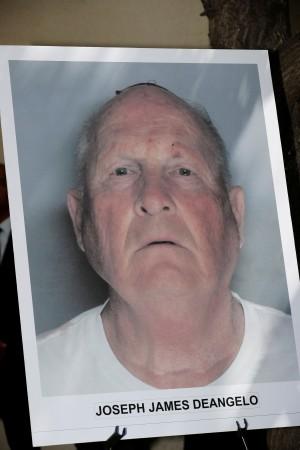An online genealogy test and DNA from a 40-year-old crime scene led to the capture of a serial killer and rapist last week.
Police in California closed a decade-old case that involved a series of rapes, murders, and burglaries. The elusive criminal was dubbed the "Golden State Killer" and was never caught for the crimes he committed in the 1970s and 1980s. However, a fortunate string of events led to the case to be reopened and the person behind the heinous crimes has been finally caught, reports PhysOrg.
The police have attributed the findings towards DNA testing, the technology that was unavailable at the time. "The answer was, and always was going to be, in the DNA," said Sacramento County District Attorney Anne Marie Schubert.
The Garden State Killer has been attached to 12 murders, over 50 rapes, and hundreds of burglaries while working as a police officer in the 1970s and 80s.
The "cold case" of the Golden State Killer was reopened two years ago, notes the report. Using DNA samples that were left behind by the attacker, a genetic profile of the person was uploaded online. Investigators did this to see if the killer's DNA could throw up some kind of match. The database used by the authorities to look for the killer was GEDMatch. The company said that their data "was used to help identify the Golden State Killer... although we were not approached by law enforcement or anyone else about this case or about the DNA."
The company has always warned customers that while the company mostly does only genealogical research, the data can be used to track criminals and that if they had any such concerns, they could remove their data from the company, notes the report.
People who are directly related often share large chunks of DNA that is completely identical. Depending on how closely they match, it could be possible to identify how distant or close they are, notes the report. Based on the information they got through GEDMatch, the police began to build a family tree to see if there are any links to the DNA of the killer that was found at crime scenes.
Using this family tree, investigations continued after which they narrowed down on the suspect. Police then began to set up surveillance in around the residence of Joseph James DeAngelo who they believed could be the elusive killer. DNA samples were then taken from him from abandoned samples. While the police have not specified where, it could be anything from a strand of hair to saliva from a can of soda. "You leave your DNA in a place that is a public domain," said Schubert.
Police were able to match DeAngelo as a match for more than ten murders. The second sample from him proved to be overwhelming evidence. He is now awaiting trial.










